Natural Peat Media
Heavy Metal Removal: Naturally
Removing heavy metals from wastewater or industrial runoff shouldn’t be complicated. Our parent company, American Peat Technology, has unearthed the natural sorptive power of natural reed-sedge peat, transforming peat into a granular media designed to remove heavy metals from water naturally. We’re proud to represent this innovative technology.

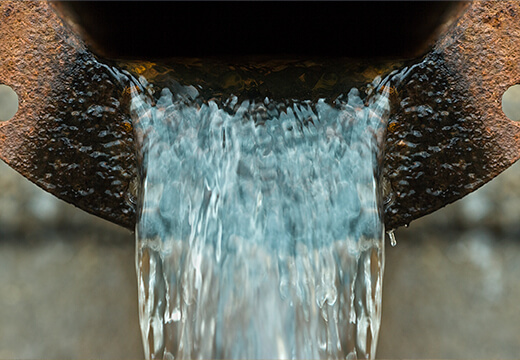

Use Cases for Granular Peat Media
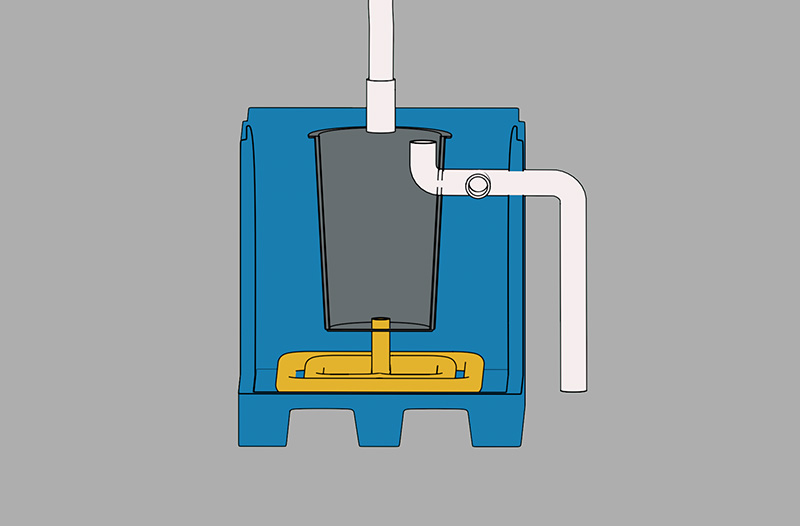
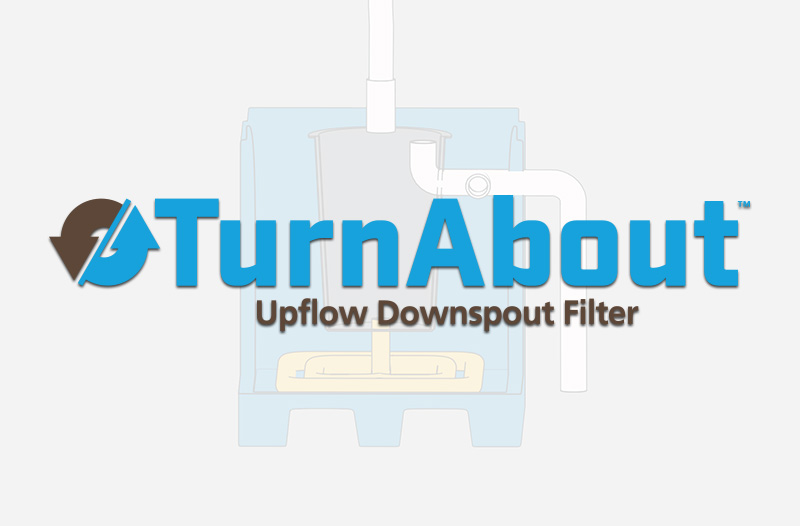
Industrial Roof Runoff
When your stormwater plan calls for treatment of roof runoff, the TurnAbout™ is your route to compliance.
- Consistent, economical treatment
- Powered with our all-natural, responsibly-sourced peat media
- Captures dissolved metals and solids coming from your roof


Passive Treatment
Let gravity do the work of delivering water for treatment
- Use at remote sites, sites with no power, and sites with minimal oversight
- Granular media has high hydraulic conductivity for minimum head requirements
- Easily incorporated into existing passive systems
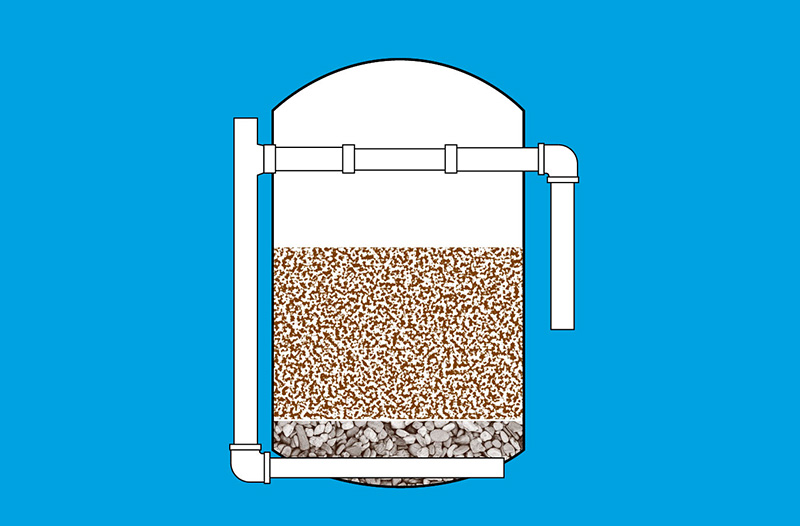
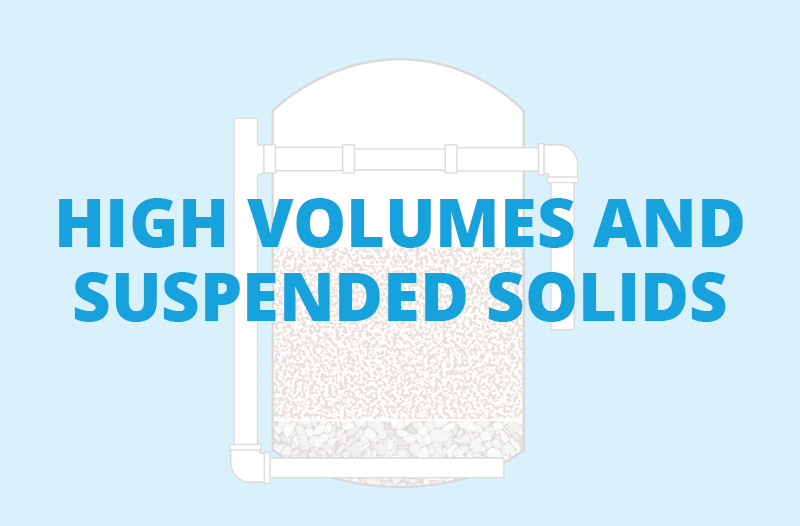
Active Treatment
Maximum metal removal and treatment volumes
- Use in place of sand filters for solids and dissolved metal capture
- Solids can be backflushed without loss of treatment media
- Remove solids as small as 5µm
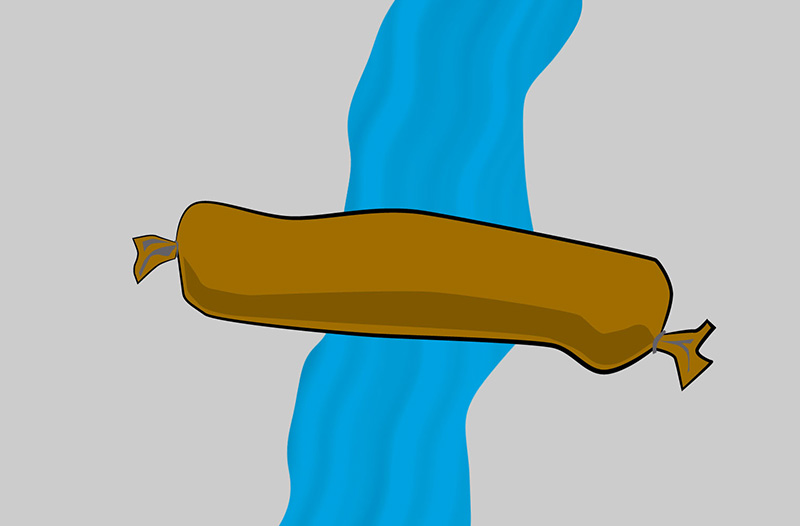
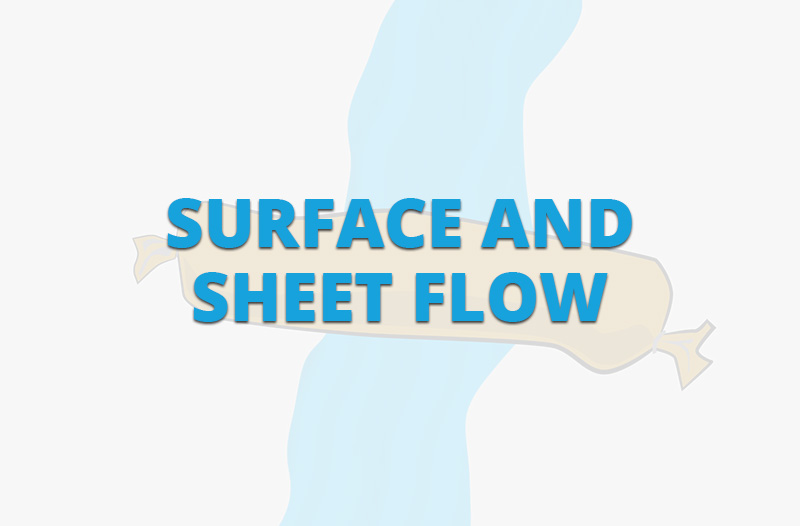
Boom Sock
Ground-hugging granular media reduces channeling
- High hydraulic conductivity to move treated water quickly off-site
- Easily combined with other complementary media to capture a range of contaminants
Transform Your Stormwater Treatment Strategy
The reed-sedge peat in our products tends to reject innocuous metals such as calcium and magnesium while attracting and bonding with more toxic metals such as lead and cadmium. That means that more of your investment goes into solving the problem, instead of paying for treatment that you don’t need. Plus, you’ll tap:
- An all-natural, responsibly-sourced sorption media that removes dissolved and particulate heavy metals.
- A robust response to challenging conditions such as high solids or competing cations.
- A customizable approach to hydraulic specifications using a range of media size distributions.
- An adaptable solution suitable for existing treatment vessels or for new system designs.
- A responsible and knowledgeable team to provide the right solution every time.
Are you ready to harness the power of peat to transform your water treatment strategy?
How To Use Granular Peat Media
2. The performance of the products is sensitive to the velocity of the water.
If the water is flowing past the media too quickly, the metal ions will not have enough time to form bonds with the media surface. A general rule of thumb is to keep the velocity less than 33 ft/hr (10 m/hr).
3. When using the products in a vessel, strive for a ratio of bed height to bed diameter that is less than one.
A shorter, squatter contactor is preferred over a taller, thinner vessel. Given the recommended velocity above, this configuration allows for a favorable volume of water to be treated while maintaining residence times that are reasonable.
4. A lead/lag system will extend the life of the media as well as allow for some shortcomings in system design.
The different mechanisms at work on the natural peat have different coefficients of performance, which means that the products will respond robustly to different system parameters. A lead/lag system can maximize the different loading mechanisms and capacities more than a single-pass treatment system.
5. The products will act concurrently as a physical filtration media.
The angular surfaces of the media are very effective at sequestering solids within the bed. Removals exceeding conventional sand filters are possible. A vessel that allows for backwashing will extend the life of the media. Backwashing rates can vary depending on the nature of the solids, but 10-15 gpm/ft2 is generally sufficient to lift the APTsorb bed.
6. Regeneration is not recommended
Peat media form stable double bonds with metal ions, and regeneration is usually incomplete and unwieldy. Disposal of spent media is dependent on local regulations and how the product was loaded. For most metals, except for lead, we anticipate that the peat media will pass the TCLP test (EPA 1311) following normal use.
Solving Copper Mine Drainage Challenges
When Minnesota’s Soudan Mine State Park noticed particulate copper was plugging their sophisticated water treatment system, they used peat media for a fast and effective solution.
Treating Stack Scrubber Wastewater
Coal-fired power plants minimize exhaust stream emissions with a wet scrubbing process. The challenge? This process requires wastewater treatment. The solution? Peat media.
Decreasing Zinc, Cadmium & Chromium in Stormwater
As regulations change, demanding ever-lower metal concentrations in stormwater, many companies must rethink their water treatment processes. Peat media simplifies the process and drives results fast.
Assuring Mine Wastewater Meets Regulations
A North American base metal mine remediated elevated levels of lead, zinc and cadmium in their water, using peat as a cost-effective solution.
Addressing Storm Water Treatment Challenges in WA
A small foundry in Tacoma, Washington found elevated copper levels in stormwater and used peat media to meet permit requirements.
Treating Roof Run-off for Dissolved Zinc
Using peat media, the downspout filter at this Pacific Northwest site significantly reduced zinc loads in stormwater and brought the site into compliance.
Peat Media FAQ
How long does peat media last?
The lifetime of the media depends on the metal concentration and volume of the water being treated. More concentrated solutions and higher volumes of water will result in a shorter media life.
How do you use peat media?
Both APTsorb and APTIVATOR can be used a variety of contactors from pressurized tanks, to gravity-feed vaults, to booms and socks. The primary factors for successful treatment are control over flow rates and good contact between media and water.
What is peat media made of?
Our water treatment products are made from natural, locally-sourced reed-sedge peat. We add a small amount of calcium carbonate (finely ground limestone) to the peat and it goes through a proprietary engineering process.
What are the minimum contact times?
Empty Bed Contact Time (EBCT) for general water treatment media can vary from 3-10 minutes and sometimes as quick as 18 seconds depending on the targeted contaminants of concern, and the background water matrix. Contact Headwater Technologies to have your water analyzed.
How will I know when to replace the peat media?
We recommend periodic monitoring of the media or effluent to detect elevations in metals. The media will not fail catastrophically, so replacement can be planned well in advance.
What should I do with the spent media?
Disposal of any sorption product is dependent on local regulations and how the media was loaded. We recommend performing a TCLP test (EPA 1311) or total constituent analysis on the media. For most metals, with the exception of lead, under normal loading conditions, we anticipate that the media will pass the TCLP and can be disposed of in a conventional landfill.
Is it like activated carbon?
Not really. Although peat is high in carbon, our products have not been subjected to the same thermochemical reactions that characterize activated carbon. Additionally, activated carbon is an effective treatment for organics, whereas our peat media are used to remove dissolved metals.
Are there differences in the available products?
Yes. One product is a granular crumble that resembles freeze-dried coffee. It is available in one size (0.3 x 1.7 mm) and is an effective treatment for both dissolved heavy metals and suspended solids. We also carry a spherical media that is available in three different sizes to meet the need for differing permeabilities. It resembles poppy seeds or peppercorns and is made from the same effective peat as our other products.
Can I use the TurnAbout in applications other than roof runoff?
Absolutely! The TurnAbout can be used in a pump-and-treat system or in other passive systems to remove dissolved heavy metals in any application.